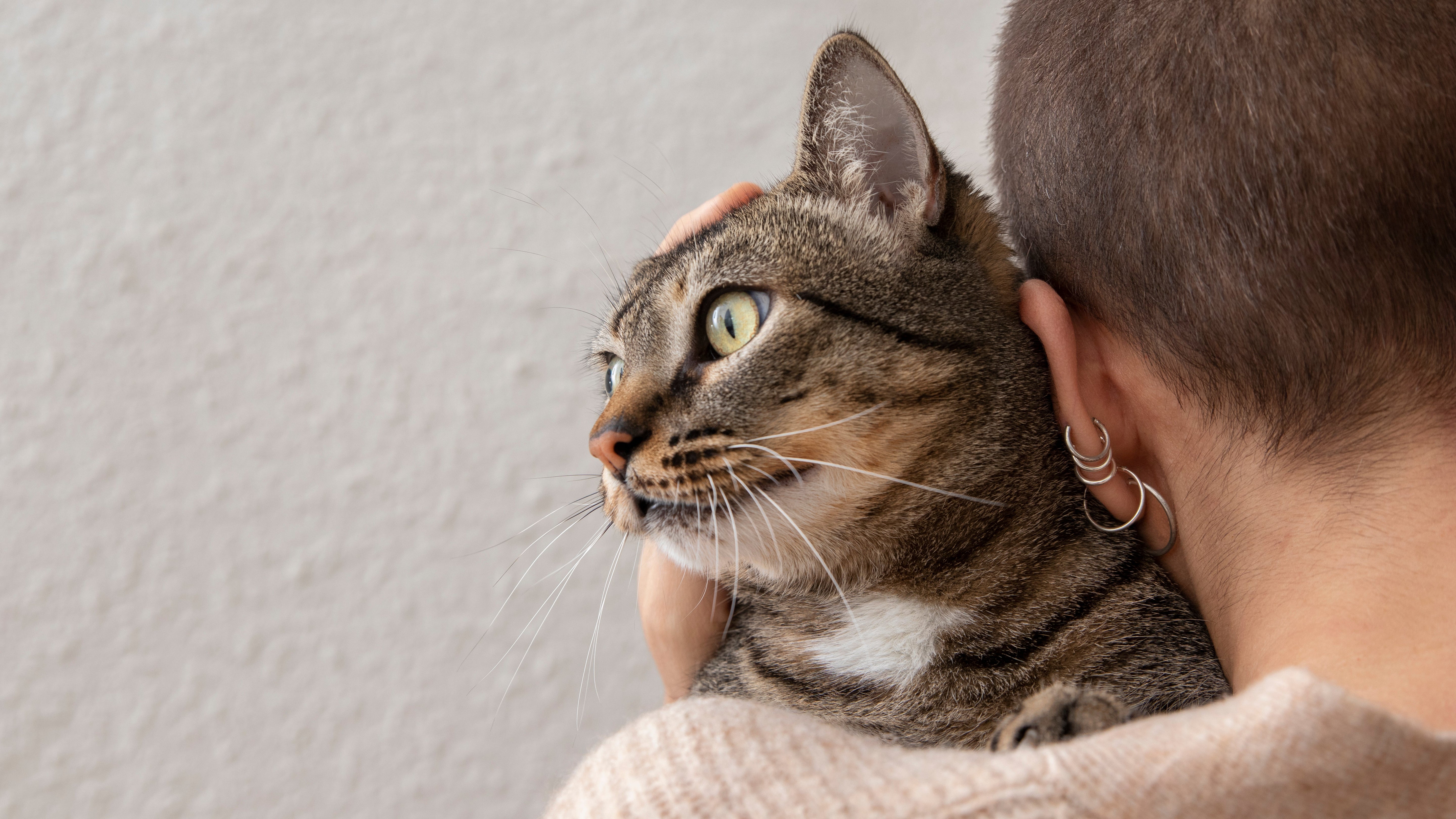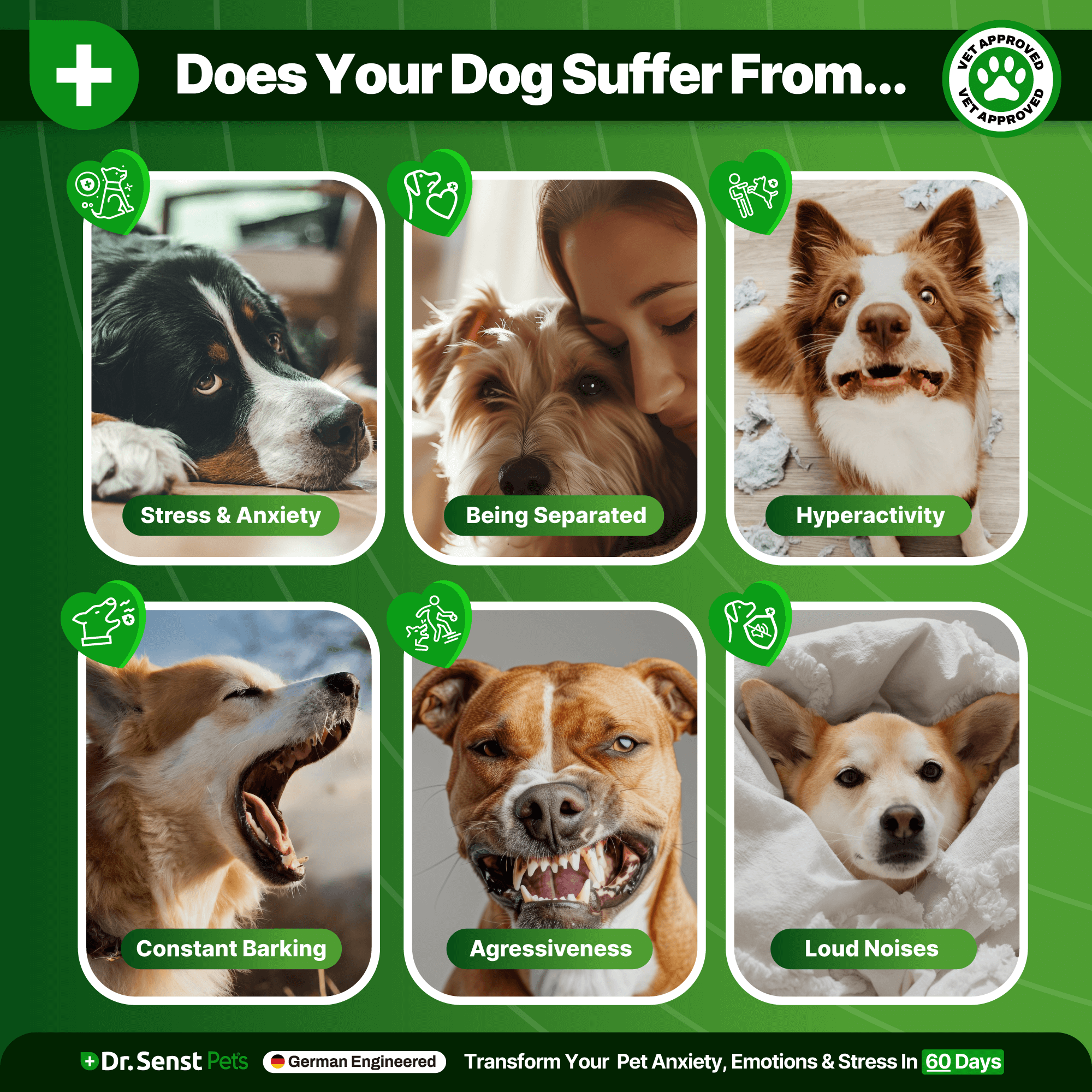
- by Dr.Thilo Senst
Ear Problems in Cats: Key Reasons for Discharge and Indicators to Watch
- by Dr.Thilo Senst
This site uses cookies for better user experience and analytics.

Picture this: Your cat, the aristocrat of the household, struts around like it owns the place—which, let’s be honest, it does. Then, all of a sudden, you notice an odd tilt of the head, frantic scratching at the ear, and an odour that can only be described as distinctly questionable. Congratulations, my dear reader, you have just stumbled upon the delightful realm of the Cat Ear Infection.
Yes, we’re talking about that unsung hero (or villain, depending on your cat’s temperament) of feline health issues: ear problems. These can manifest in many forms—gooey discharge, constant pawing, perhaps even a refusal to come near you when you’re armed with a cotton ball. So, if your cat’s ear odour is growing worse than that leftover fish pie you forgot at the back of the fridge, it’s time to peel back the fur and see what’s going on.
Let’s get cracking!
We tend to glamorise cat eyes (those mesmerising orbs of judgement) and whiskers (the original built-in measuring tape). But let’s not forget the humble ear. Not only do ears allow your cat to hear you approaching with the treat bag from three rooms away, but they also help with balance and spatial awareness.
When a Cat Ear Infection rears its grubby little head, your cat’s entire sense of equilibrium can spiral out of control—imagine them stumbling into furniture or giving you that “help me, you clueless hooman!” glare. If left untreated, ear infections or other ear problems might worsen, leading to more complex medical complications. We’re talking permanent hearing damage or an endless cycle of “it’s back again—time for the dreaded ear drops!”
So yes, dear reader, you want to keep those ears spick and span. Because a cat that can’t hear the rustle of a Dreamies packet is a cat on the brink of civil unrest.
We Brits do love a good statistic. Here are a few gems that illustrate the prevalence of Cat Ear Infection cases and ear issues in the UK:
Numbers aside, it’s clear that ear troubles aren’t exactly rare. So, no, you’re not alone if you’re dealing with a cat who’s turned its ear-scratching routine into an Olympic sport.
Think of your cat’s ear canal as a mysterious underground tunnel—dark, winding, and potentially home to all sorts of unwelcome visitors. You wouldn’t wander into a train tunnel without a torch (or your mum telling you not to be daft). Likewise, the ear canal can hide mites, bacteria, and a cornucopia of gunk that would turn your stomach faster than you can say “hairball.”
When that tunnel gets clogged (either by discharge, debris, or an unfortunate parasite festival), the cat experiences discomfort, leading to the joys of incessant head shaking, scratching, and weird ear odours. And yes, if the “tunnel” isn’t cleared, you could face a metaphorical train wreck of an infection. You’ve been warned.
Let’s explore the usual suspects behind that gooey or crusty discharge that’s making your cat’s ear look like it just escaped from a horror film:
Tiny critters that love the damp, dark environment of your cat’s ear canal. They can cause a waxy, blackish discharge, often described as coffee-ground-like. It’s the coffee you never want to wake up to.
Bacteria and fungi can invade the ear if your cat’s immune system is compromised or if moisture gets trapped. This can lead to a yellowish or brownish discharge with a pungent aroma that could rival your favourite cheese shop—except far less appetising.
Food or environmental allergies can trigger excessive wax production. Think of it as your cat’s body going, “Nope, I do not approve!”—and producing discharge as its form of complaint.
A stray grass seed, a random piece of fluff, or even that Lego brick your nephew lost under the sofa (hey, weirder things have happened). Anything trapped in the ear can lead to discharge and infection.
Less common, but lumps in the ear canal can block drainage, leading to discharge. If your vet spots anything suspect, further tests may be needed.
Overly bushy ear hair or constant moisture from baths can create a breeding ground for infection. Cats usually handle their own grooming, but sometimes a little human intervention (carefully done) is in order.
When it comes to spotting a Cat Ear Infection, keep an eye (or ear) out for these oh-so-dramatic signals:
Don’t dismiss these indicators as your cat being “quirky.” Cats are quirky by default, but the ear obsession might be their only way to beg for help.
Let’s compare a Cat Ear Infection to a tuba being played at midnight—loud, disruptive, and guaranteed to ruin everyone’s evening. At first, you might ignore the faint tooting (occasional scratching). But if the tuba persists (non-stop itching, discharge, and wailing), your peaceful routine morphs into a symphony of chaos.
Just like you’d call the police if someone wouldn’t stop blasting tunes in the wee hours, you’ve got to step in when your cat’s ear issues escalate. Leaving it unresolved can lead to bigger problems—like a tuba solo that wakes the entire neighbourhood (or a raging infection that’s far more serious).
Why should you devote precious time to feline ear maintenance? Because the payoff is bigger than not having to plug your nose near your cat’s head:
Think you can skip the vet drama and keep an eye on things at home? Possibly, yes. But proceed with caution and cat-appropriate bribery (treats, obviously):
Feel free to do these checks every so often—ideally once a week, if your cat tolerates it. You might discover a minor issue before it blossoms into a full-blown fiasco.
Q1: Do indoor-only cats still get ear infections?
A1: Absolutely. Ear mites can hitch a ride on your clothes or other pets, and allergies or dietary issues can strike any cat, no matter how posh or indoor-bound.
Q2: Can I use dog ear cleaners on my cat?
A2: Not recommended unless a vet specifically says it’s safe. Dog products might have ingredients unsuitable—or downright harmful—for a cat.
Q3: Is ear discharge always visible?
A3: Not always. Sometimes the infection hides deep in the canal. You may notice odd behaviour (scratching, head shaking) before spotting any discharge.
Q4: Can diet cause ear infections?
A4: Allergies linked to certain foods can trigger ear problems. If your cat repeatedly suffers from ear infections, a food trial or elimination diet (supervised by a vet) may help.
Q5: Do ear infections clear up on their own?
A5: Rarely. Neglected ear issues can escalate, so it’s best to seek professional guidance if your cat’s ear condition doesn’t improve or worsens.
Q6: My cat hates ear drops. Any tips?
A6: Warm the drops in your hand (so they’re not ice-cold). Reward your cat with a treat after each application, turning the ordeal into a slightly less traumatic event.
There you have it, dear cat aficionados: a comedic (but oh-so-informative) crash course on the ins, outs, and downright itchies of a Cat Ear Infection. From the reasons behind bizarre ear discharge to cunning ways of checking for trouble, you’re now better equipped to navigate the labyrinth of feline ear woes. An ear infection can be as unpleasant as listening to an off-key tuba at midnight, but armed with this knowledge—and a healthy dose of humour—you can catch the warning signs early and keep your cat in top ear shape. After all, your feline deserves to hear the sweet sound of treats opening from three miles away.
To help you along the way we recommend a few key items from the Dr. Senst Pets range—perfect for tackling ear woes and making those ear-scratching sessions a distant memory:
Dr. Senst Antiseptic Cat Ear Drops For Infections - Got a cat whose ears resemble a horror film set? These ear drops are designed to fight the gunk, soothe irritation, and help your cat return to its usual, haughty self.
Dr. Senst Cat Calming Hemp Oil for Cats - If your cat’s anxiety shoots through the roof whenever they spot the ear-cleaning kit, this hemp oil can help calm frayed whiskers. A tranquil cat is far more likely to tolerate an ear exam.
Dr. Senst Antiseptic Flea Treatment For Cats - Ear mites? Fleas? Both are uninvited guests who’d like to party in your cat’s ear canal. Keep them at bay with a consistent flea treatment schedule to avoid endless ear dramas.
Feel free to mix and match these products, depending on your cat’s unique needs and how much they love to scowl at you. Addressing a Cat Ear Infection might not be a walk in the park, but with the right tools, comedic flair, and a dash of patience, you’ll soon be hearing the sweet sound of purrs rather than the frantic scratch-scratch-scratch of ear irritation.
Good luck, stay giggly, and may your cat’s ears remain as squeaky-clean as the Queen’s china set!
![]()
Enter your details & download our comprehensive 50+ page printable Dr. Senst Pet Care Planner completley FREE! - keep track of all your pet’s needs, from medical history and training to vet visits, grooming, diet, and more!

🇬🇧 NOW AVAILABLE IN THE UK 🇬🇧
Our products start from as little as 2p per dose, making it easy to support your pets health without overspending. From general wellness to specific health needs, we have the perfect solution for every pet.
































Share:
Banish Dog Allergies: Tailored Dog Diets for Soft, Healthy Itch-Free Skin
From Puffiness to Pain: How to Treat an Inflamed Cat Eye Wound